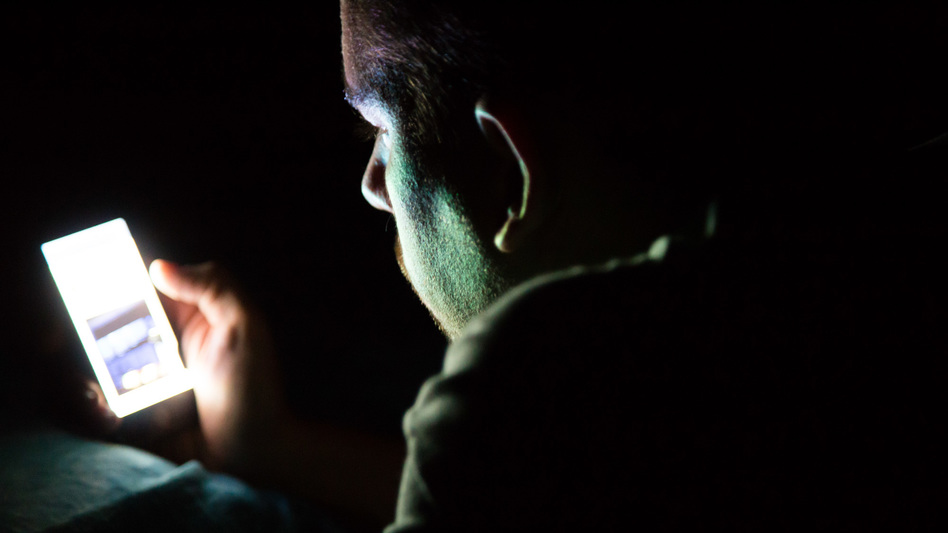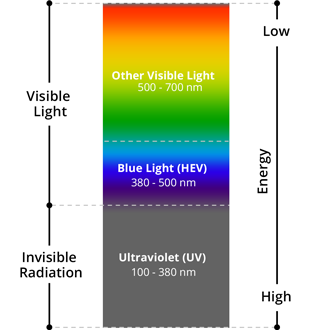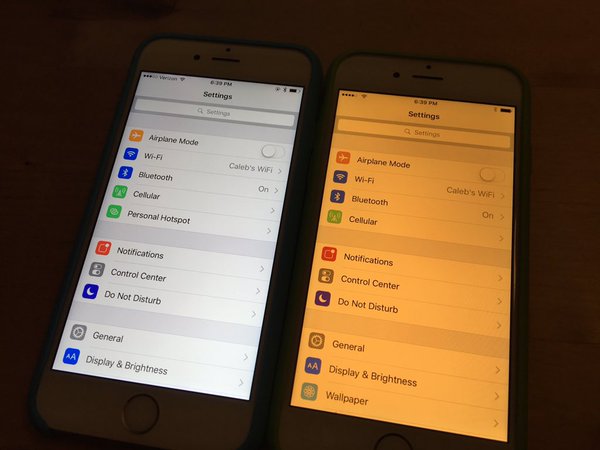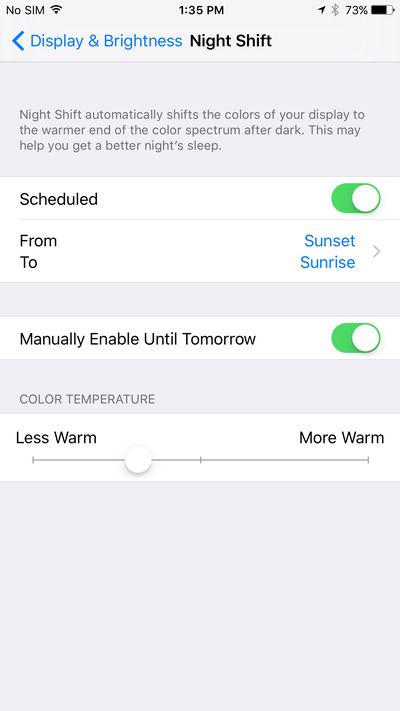
Technology Affecting Our Sleep
With more of our lives being spent online in front of a laptop or computer screens, our exposure to brightly lit devices in the daytime can begin to affect our quality of sleep at night.
Practically every product or service is being offered online today, which has many of us lethargically ordering things from our home or endlessly watching streaming shows and movies from our couch.
Constantly being exposed to this much blue light from technology has to begin affecting our health in one way or another.
In reality, blue light is emitted from nearly every light source on the planet, however, smartphones and computer devices transmit more concentrated levels of this light.
High levels of blue light exposure can lead to eye health problems such as macular degeneration or digital eye strain, which is damage to the light-sensitive cells on the inner lining back of the eye (the retina).
Artificial light can also negatively affect us by disturbing our natural circadian rhythm that determines the hours that we awake and fall asleep. Blue light exposure tricks our brains into thinking we’re well rested and creates less melatonin at night to help us fall to sleep faster.
To maintain a better work/life balance and to properly recover from strenuous exercise, we need to adapt better to the technology that we use daily.
How Bluelight Technology Can Affect Your Sleep
Both artificial light and natural sunlight is displayed as white light and is further divided into five different spectrums of light.

At the higher end of the spectrum of light are long wavelengths and shorter wavelengths towards the bottom of the spectrum. Colors at the top of the spectrum also have lower amounts of energy while colors at the bottom of the spectrum, like blue light, have more energy.
The only light that has more energy than blue light are ultraviolent rays, and these rays are known for their hazardous effects on our skin when exposed to sunlight for long periods of time.
At this point, you may be wondering why manufacturers would implement blue light technology knowing that long period exposure could be as potentially hazardous as ultraviolent rays. The simple answer for this is that blue light technology is cost effective.
LED lights and fluorescent bulbs have been proven to be more energy efficient than incandescent bulbs because they last 5 times longer than the latter.
According to Consumer Reports last year, LED lights are still more expensive but costs have been coming down over the last few years to make this technology more affordable.
Incandescent bulbs also emit more heat than LED lights since they have longer wavelengths closer to the range of red lights. Devices still overheat with the presence of LED technology now, but this would only be worse with incandescent bulbs in their place.
Solutions for Late Night Sleep
The good news is that there’s a solution for going to sleep with the blue light technology that surrounds us. And no, we don’t have to shut off every single thing at night if we don’t need to.
Apple created a feature to help users who work closer to nighttime or suffer from eye strain from spending hours working on the computer. Apple Night Shift is a function that you can use to time the dimming settings on your smartphone.
This feature can be accessed by configuring your phone in the Settings app. Once you change the dimming settings, the difference between the normal lighting is obvious:

To access Apple Night Shift, go to the Display & Brightness tab, then adjust the dimness with the scale.

There’s no exact level of dimness that been shown to be effective, so you’ll have to experiment and see what works best for you. But if you’re kept awake from your devices try to stay away from them the hour before you fall asleep.
The Wrap Up
Blue light is largely emitted from the technology surrounding us, but this can interfere with our sleep when we don’t use them properly. Due to the potential negative effects of exposure to blue light, we should be aware how much time we spend on our screens. To relieve the effects of blue lights on our eyes, use the Apple Night Shift feature to reduce the dimness on your smartphone at night.

Leave a Reply
You must be logged in to post a comment.